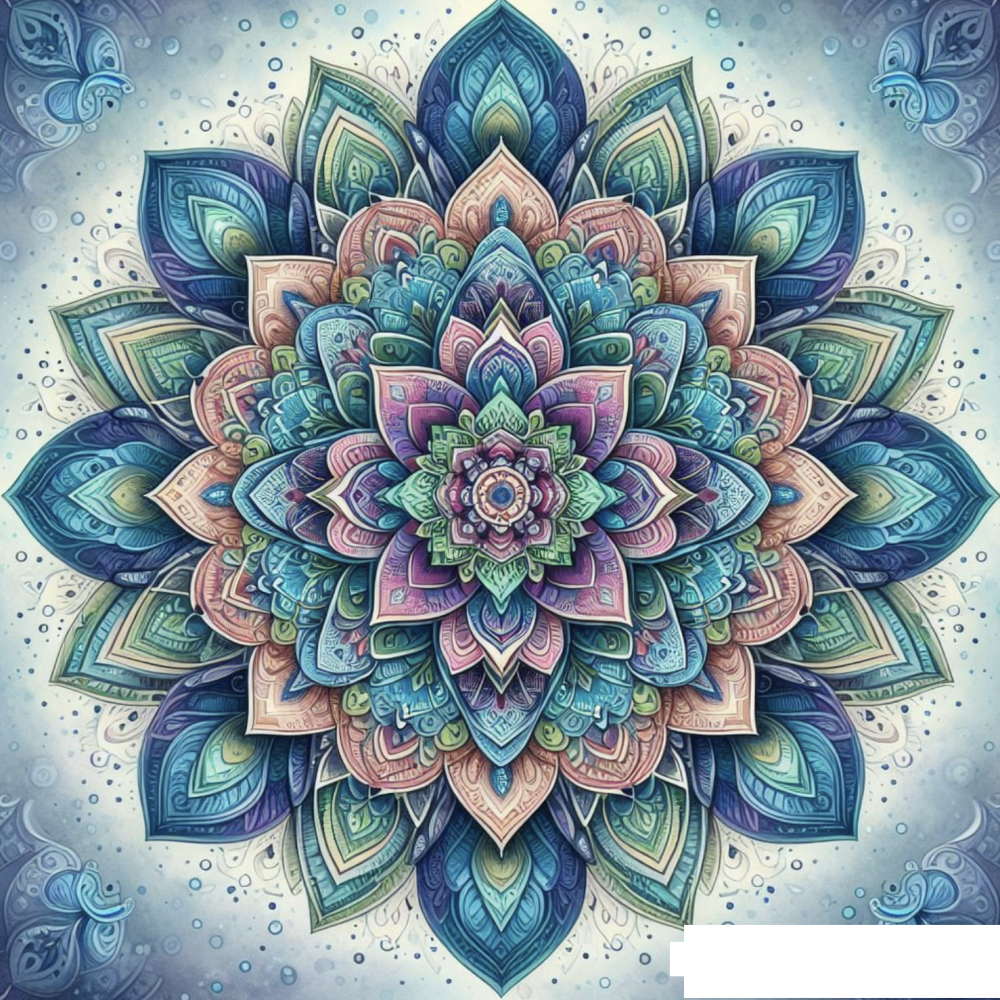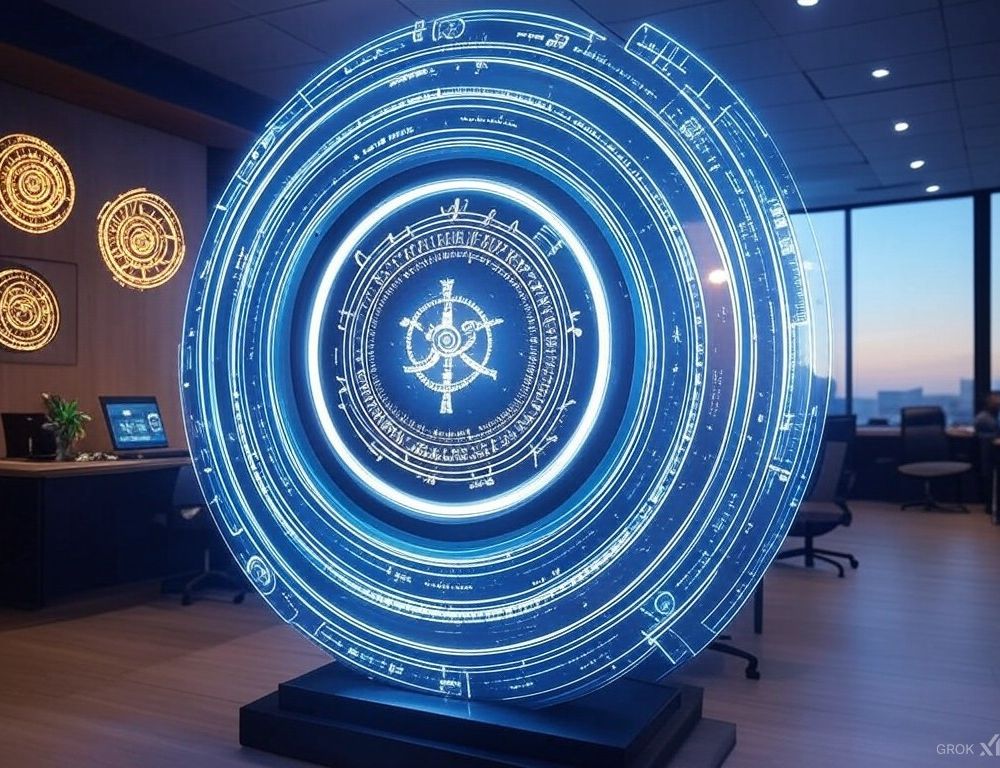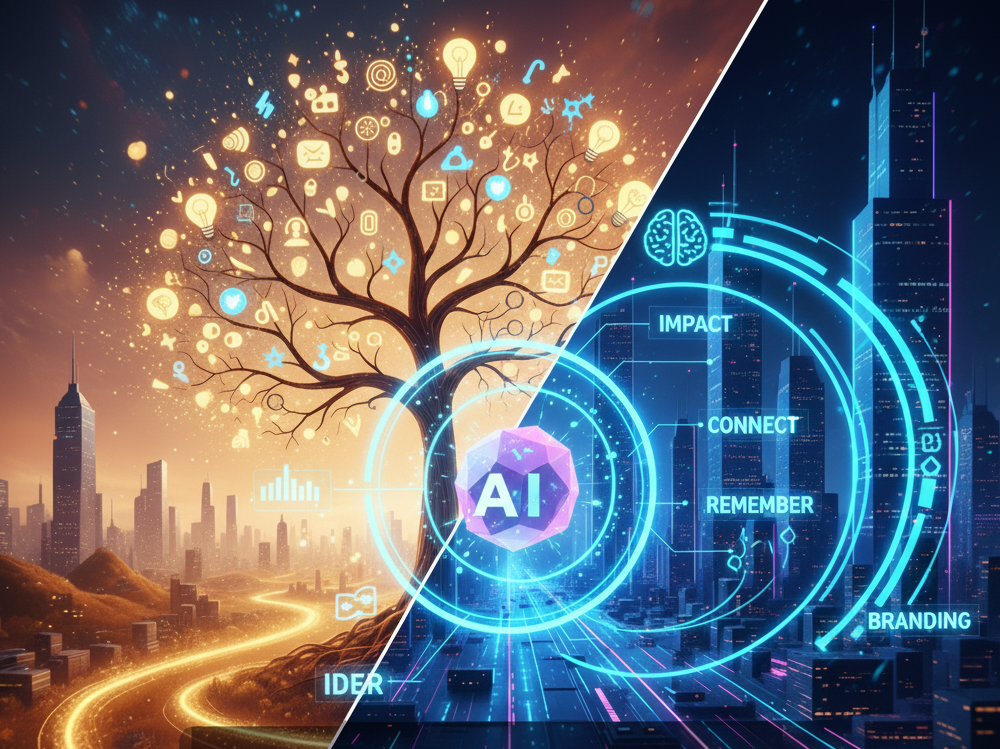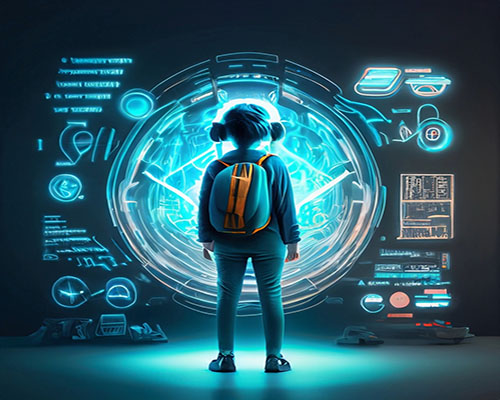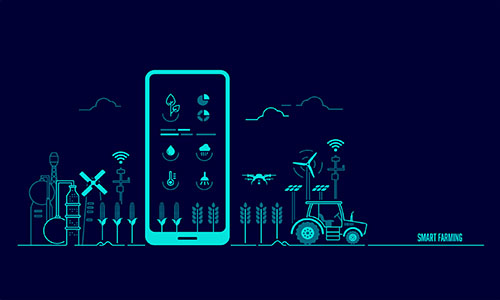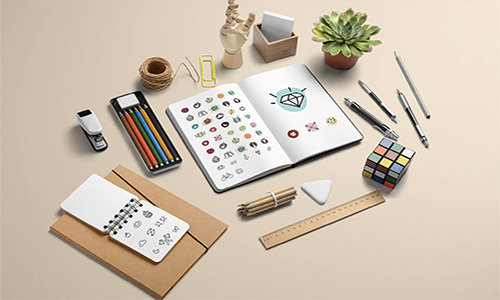Three-dimensional (3D) technology has revolutionized the way we perceive and interact with the world around us. From entertainment and gaming to engineering and manufacturing, 3D technology has impacted almost every aspect of modern life. 3D technology is a technique that allows the creation of a three-dimensional digital model of an object or environment using computer software. This technology has been around for a while, but recent advancements in hardware and software have made it more accessible and affordable than ever before.
One of the most common applications of 3D technology is in the entertainment industry. 3D movies and television shows have become increasingly popular in recent years, providing viewers with a more immersive and engaging experience. The use of 3D technology in gaming has also enhanced the gaming experience for gamers by providing a more realistic and interactive gaming environment.
However, the uses of 3D technology extend far beyond entertainment. In the fields of engineering and manufacturing, 3D technology is used to design and prototype products more efficiently and effectively. Engineers can use 3D models to simulate and test their designs, reducing the time and cost involved in the prototyping process. In the manufacturing industry, 3D printing allows for the creation of complex and customized parts and products, which can be created quickly and with great accuracy.
The medical field is another area where 3D technology is making significant advancements. Medical professionals can use 3D printing to create models of organs or bones, which can be used for surgical planning and training. Additionally, 3D technology is used to create prosthetics that fit more comfortably and provide greater functionality than traditional prosthetics.
The use of 3D technology is not limited to these fields alone. Architects use 3D models to visualize their designs before construction begins, while archaeologists use 3D models to study and preserve ancient artefacts. Even the fashion industry has embraced 3D technology, using it to create virtual clothing designs and prototypes.
The future of 3D technology is exciting, with endless possibilities for innovation and advancement. As technology continues to become more accessible and affordable, we can expect to see even more widespread use across various industries and fields.
In conclusion, 3D technology has come a long way in recent years, transforming the way we see and interact with the world. From entertainment and gaming to engineering and manufacturing, the applications of 3D technology are endless. As technology continues to evolve, we can expect to see even more exciting advancements and new opportunities emerge.






